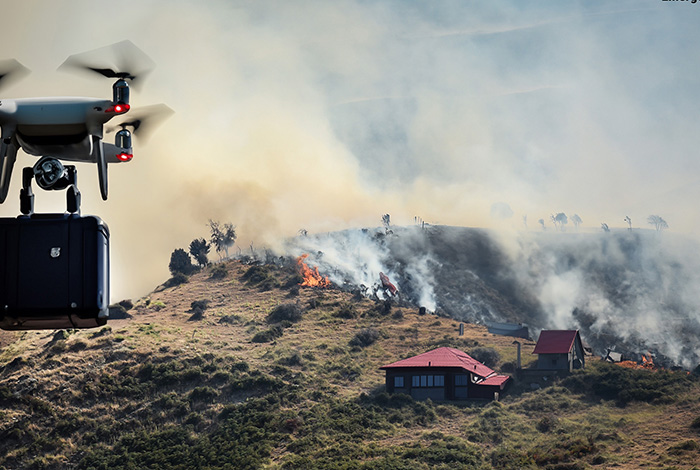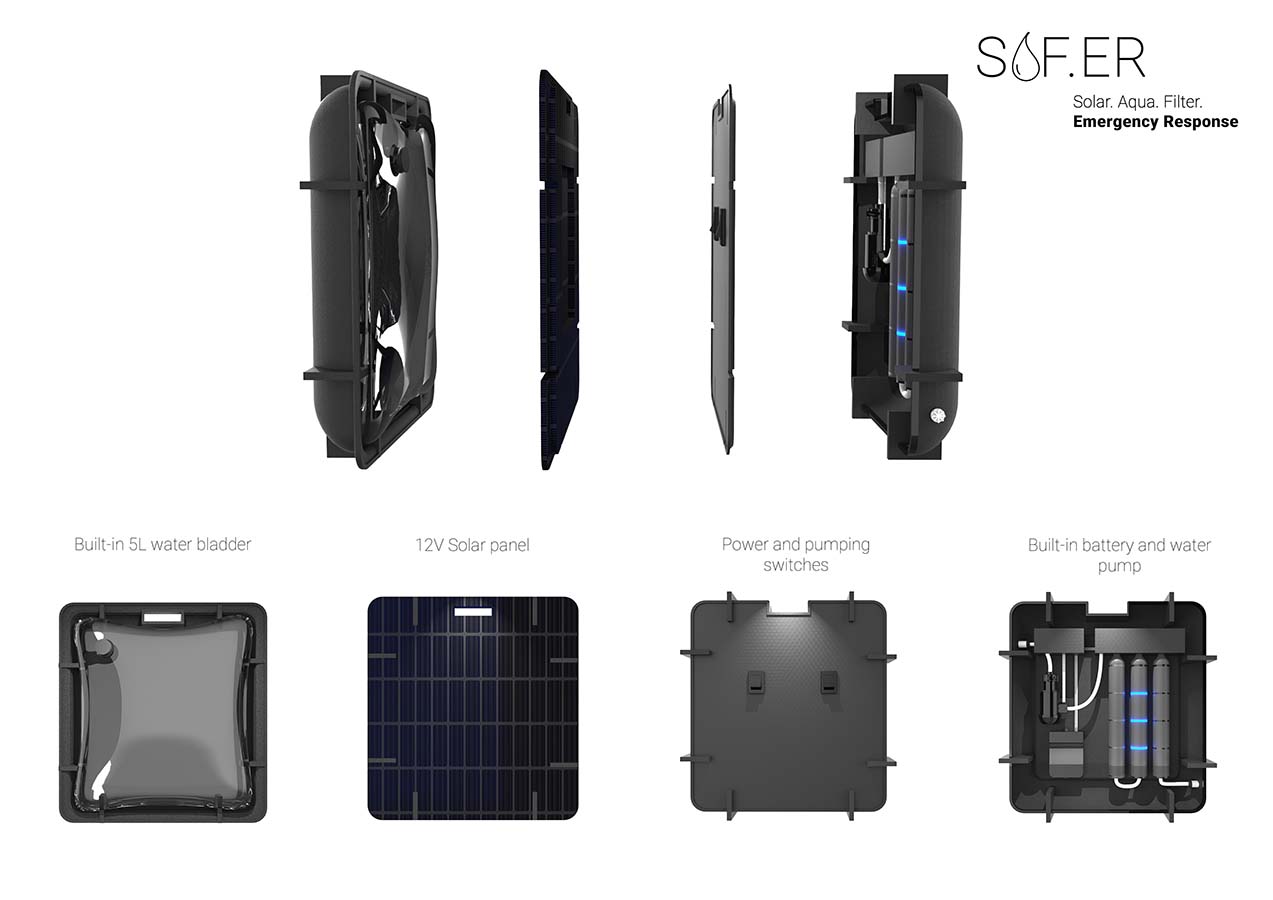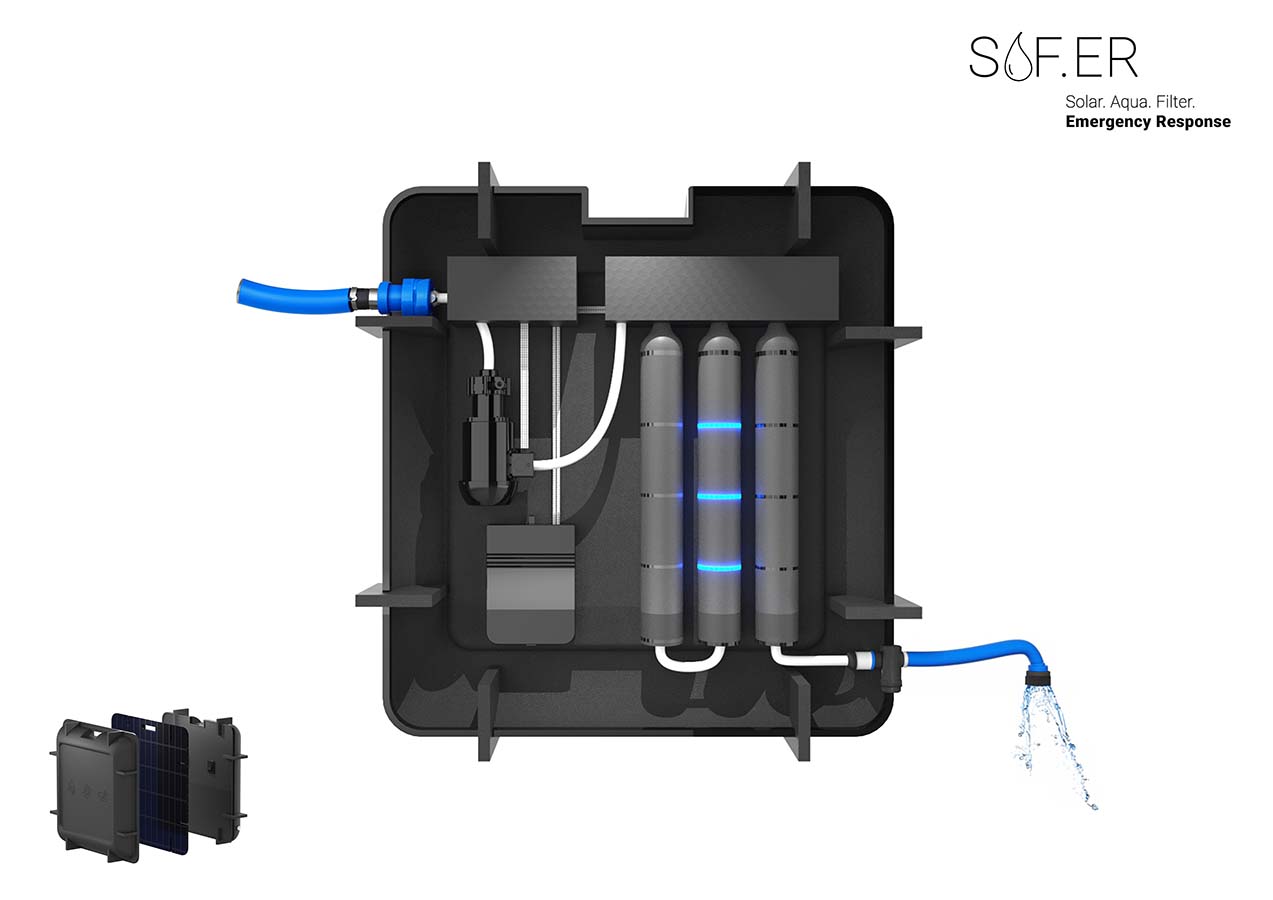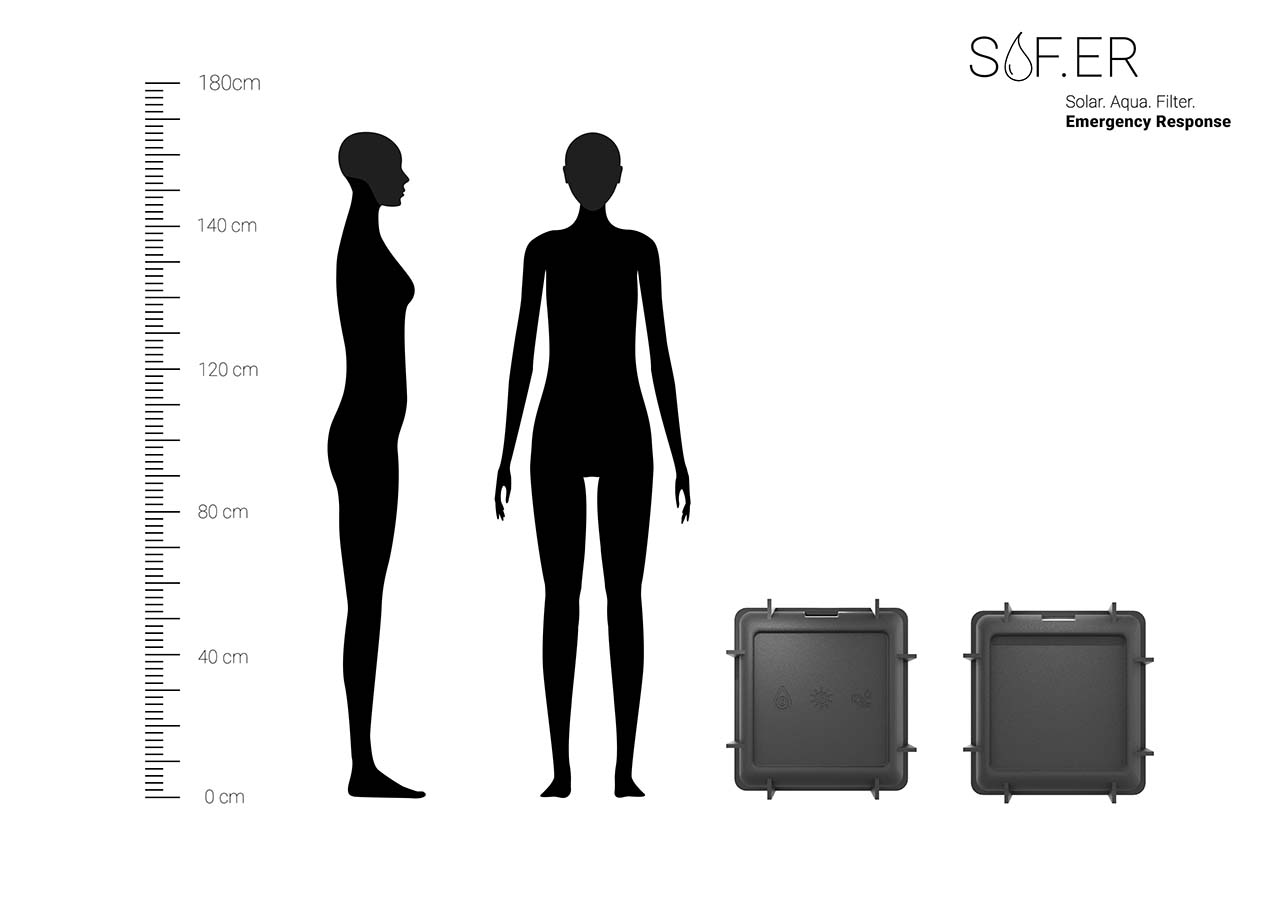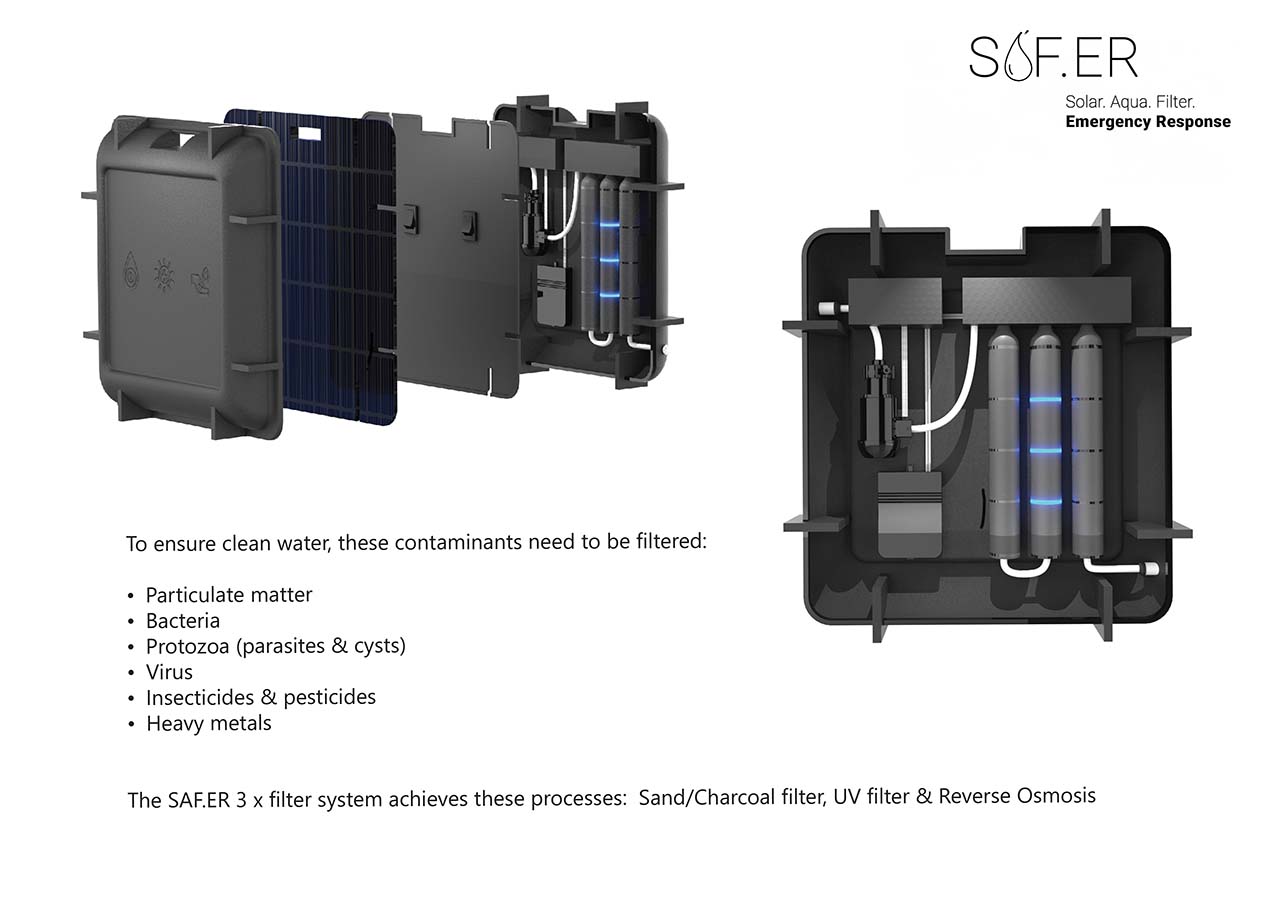We began with a process of articulating our design problem, by posing the following question relating to solar power generation: "where and when is solar power most useful?".
Our research led us to emergency response situations, to instances where power is unavailable, usually temporarily, while services are being restored. We surveyed emergency response workers and residents in areas of natural disasters, and gained an understanding of the most pertinent and immediate needs of people in emergency response situations. In addition, we discovered that isolated communities/homes and remote areas of Australia are most at risk with regard to access to emergency services.
The idea to create a solar powered water filter became clear after an interview with the SES, Regional Operations Manager. Safe, clean drinking water is one of the most critical needs of people in areas of natural disasters, including both bushfires and floods. Drinking water is supplied as bottled water, transported by truck or helicopter to staging areas and individual communities. Aside from the negative environmental considerations of disposable, plastic water bottles, this current practice has many limitations with regard to transport restrictions to remote locations. This consideration further influenced our design intent to ensure portability and ease of transport & delivery.
Design considerations included ease of use, compliance with OHS, durability of external casing and handle, and overall weight.
We 3D printed a scale model and looked to best practice of water filtering products. To establish estimates of operational capacity we performed water pump test rates with existing (on market) solar powered water pumps.


